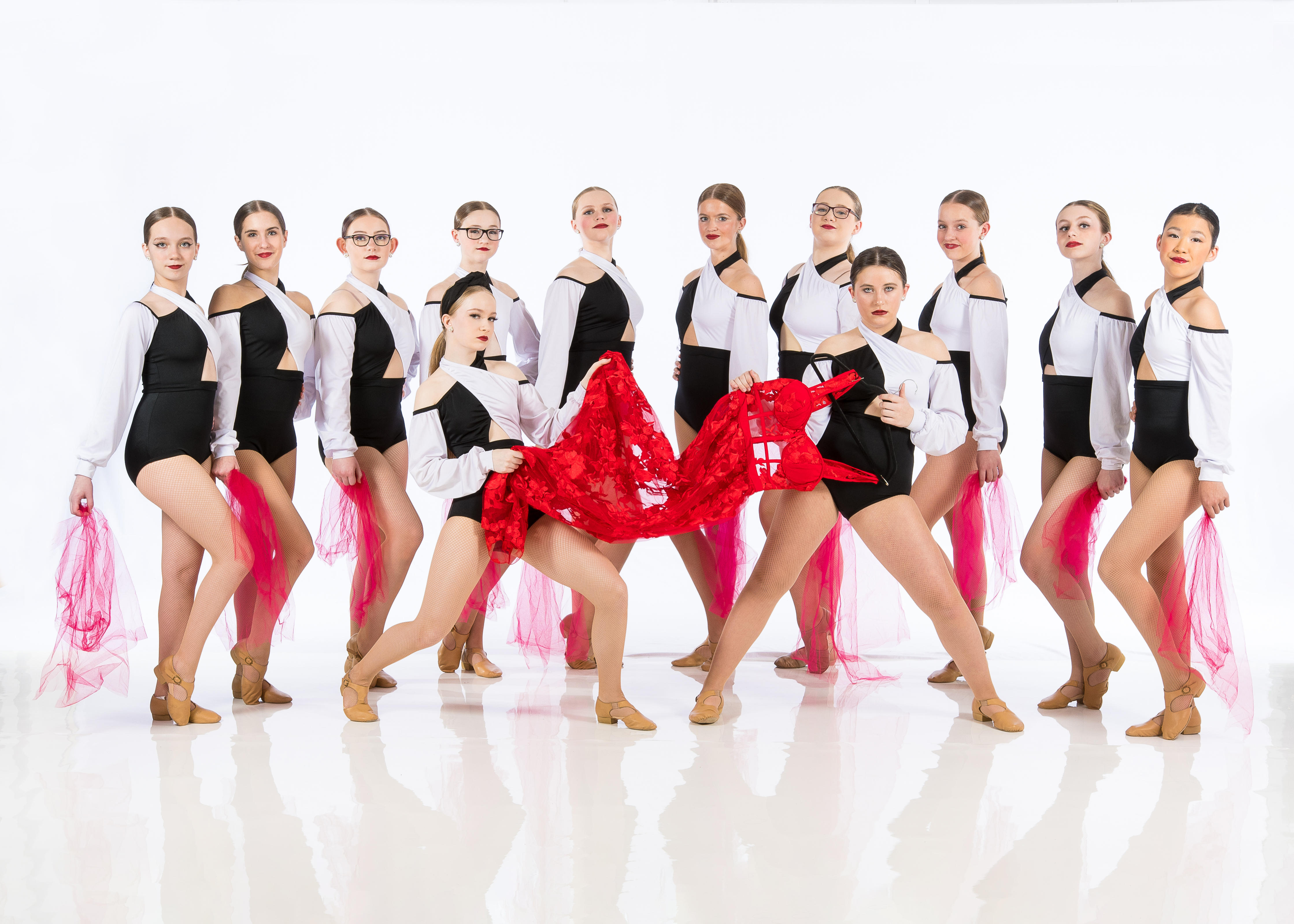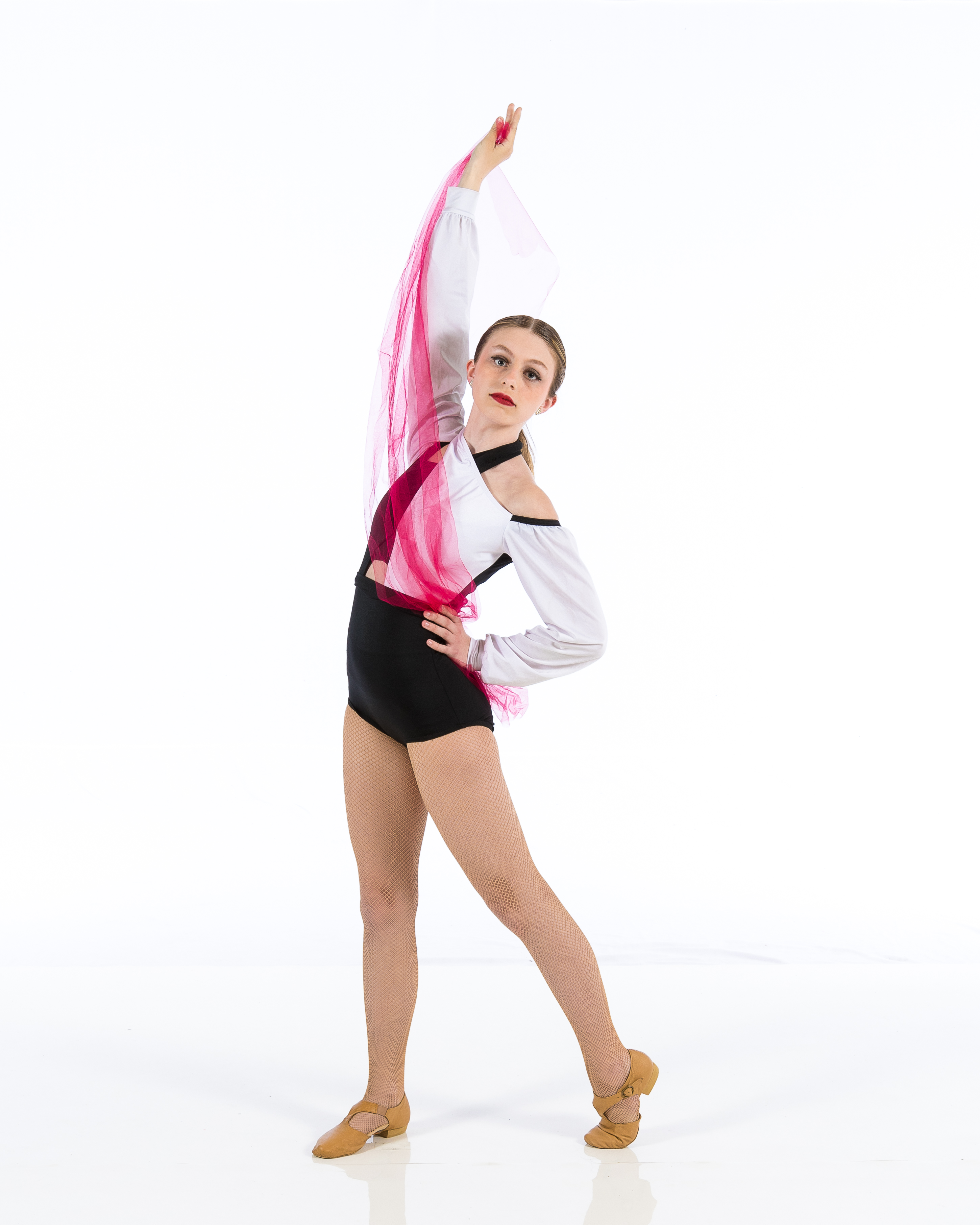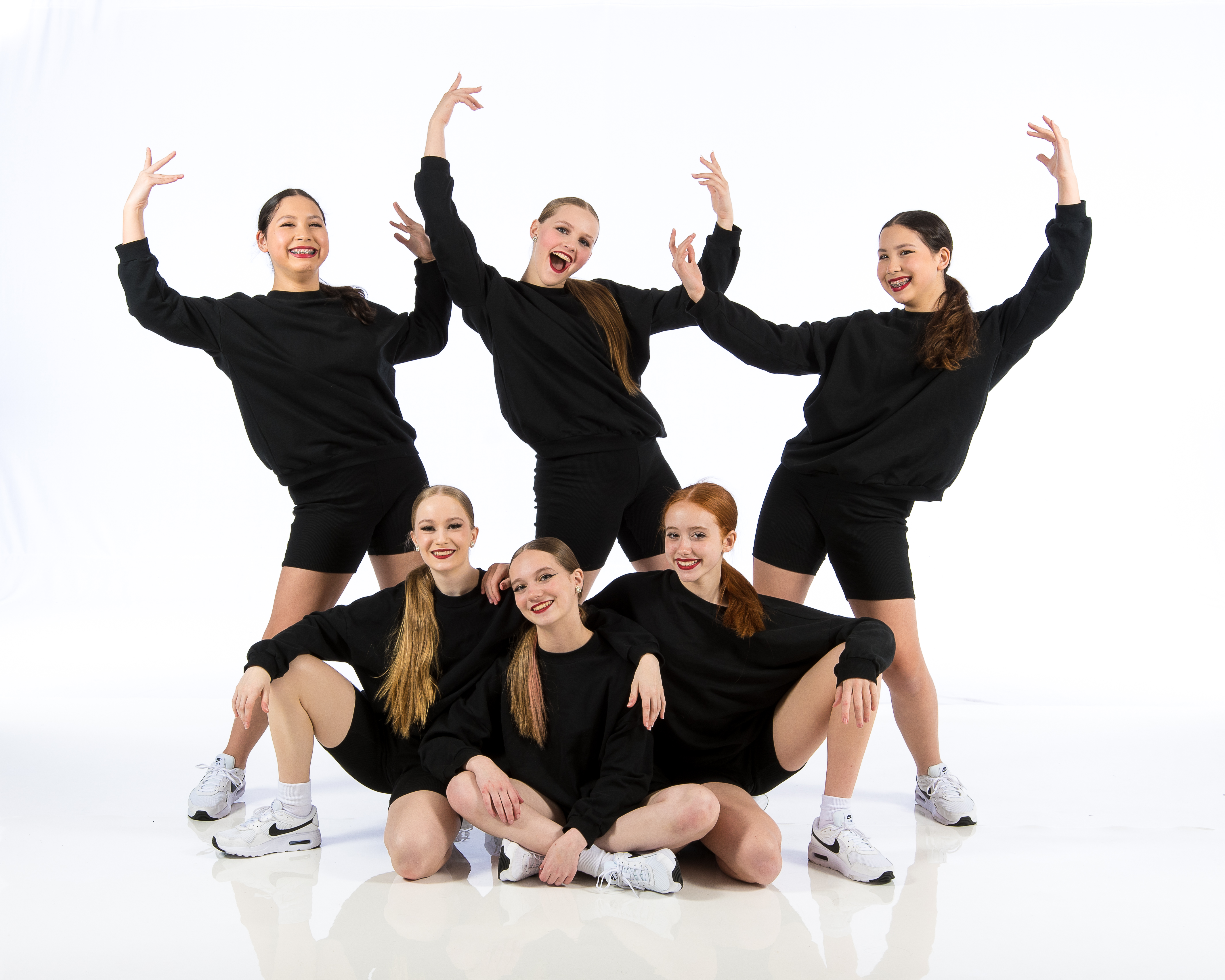Introduction: The Essence of Ballet Technique
Ballet, often characterized as one of the most graceful forms of dance, is not merely about the beauty and aesthetics that captivate audiences. At its core lies a deep-rooted emphasis on technique. This article will delve into The Importance of Technique in Ballet: Insights from Our Academy, exploring various aspects that underscore why mastering technique is essential for every aspiring ballet dancer. As an established Ballet Dance Academy, we have witnessed firsthand how a solid technical foundation can elevate a dancer's performance, enhance their artistry, and even prevent injuries.
The Importance of Technique in Ballet: Insights from Our Academy
In our academy, we've seen countless students who begin their journey with raw talent but lack the technical skills necessary to truly shine. It’s like having a beautiful canvas but lacking the artistry to paint on it. Technique forms the backbone of ballet, providing dancers with the tools they need to articulate their movements fluidly and expressively.
Understanding the importance of technique helps students appreciate that ballet is not just about physical movement; it’s an art form requiring discipline, perseverance, and commitment.
What Does Ballet Technique Entail?
Fundamental Elements of Ballet Technique
To comprehend ballet technique fully, one must first understand its fundamental elements:
Posture: Maintaining an upright position while ensuring alignment. Turnout: Rotating the legs outward from the hip joint. Flexibility: The ability to move joints through their full range of motion. Strength: Developing core strength for better balance and control. Coordination: Synchronizing different body parts during movement.Each element plays an integral role in shaping a dancer’s overall performance and capability.

How Does Technique Affect Performance Quality?
Elevating Artistic Expression Through Technical Mastery
When dancers possess strong technical skills, they can focus more on expressing emotions and telling stories through their movements rather than worrying about executing steps correctly. Imagine watching a performance where every plié or pirouette dance studio is executed flawlessly; it's mesmerizing! This kind of precision allows for greater artistic freedom.
Injury Prevention Through Proper Technique
Understanding Common Injuries in Ballet Dancers
Dancers are susceptible to specific injuries due to repetitive motions and strenuous routines. Some common injuries include:
- Ankle sprains Knee injuries (e.g., ACL tears) Stress fractures Tendonitis (especially in the Achilles tendon)
By emphasizing correct technique at our Dance Studio, we help our students avoid these pitfalls by teaching them how to move safely and efficiently.
Building Confidence Through Mastery
How Technique Translates to Self-Assurance on Stage
When dancers know they can execute movements correctly, their confidence naturally grows. They can focus entirely on performing rather than fearing mistakes or mishaps. This self-assurance translates beautifully into captivating performances that resonate with audiences.
The Role of Training in Developing Technique
Structured Learning at Our Ballet Dance Academy
At our academy, we provide structured training that emphasizes the gradual development of ballet techniques—starting from basic positions to advanced choreography. Each layer builds upon the last, ensuring students don’t just learn steps but understand the underlying principles behind them.
The Influence of Teachers on Technical Development
Mentorship Matters: Guiding Students to Excellence
Experienced instructors play a crucial role in shaping a dancer's technique. They offer personalized feedback that helps students refine their movements while also instilling discipline and passion for learning. In our academy, we pride ourselves on having seasoned professionals who nurture each student's growth.
Integrating Theory with Practice in Ballet Training
Understanding Movement Beyond Physicality
It’s essential for dancers to grasp not only how to perform movements but also why they’re performed that way. By integrating theory into practice—such as anatomy lessons or discussions about historical ballet styles—students gain deeper insight into what makes up effective technique.
Common Misconceptions About Ballet Technique
Debunking Myths Surrounding Ballet Training
Many people believe that only natural talent matters in ballet; others think technique is solely about perfectionism or rigidity. However, true mastery involves creativity combined with strict adherence to foundational principles.
The Emotional Connection Between Technique and Dance Performance
Channeling Feelings Through Movement Accuracy
A dancer's ability to convey emotion relies heavily on their technical prowess; slipping out of form can disrupt both performance quality and emotional delivery. Strong technique lays down pathways for artists to express themselves genuinely without hindrance.
Techniques for Home Practice Between Classes
1. Daily Barre Exercises
- Practicing barre work strengthens muscles crucial for center work.
2. Stretching Routines
- Enhancing flexibility ensures you can execute demanding choreography gracefully.
3. Video Analysis
- Recording your practice offers visual feedback for improvement.
FAQ Section
What Is the Best Age to Start Ballet Training?
While children can start at various ages, many academies recommend beginning around 4 or 5 years old when they can grasp basic concepts like coordination and rhythm.
How Can I Improve My Ballet Technique at Home?
Regular practice using online resources or instructional videos can greatly enhance your understanding while improving muscle memory between classes.
Why Is Turnout Important In Ballet?
Turnout allows dancers greater range when performing steps and enhances aesthetic appeal by creating lines within movement sequences.
Are There Non-Dance Benefits To Learning Ballet?
Absolutely! Students often report improved posture, increased discipline, enhanced focus skills—all transferrable qualities beneficial beyond dance!


What's The Difference Between Classical And Contemporary Ballet Techniques?
Classical ballet focuses primarily on tradition-based techniques (like pointe work), while contemporary incorporates broader influences allowing more freedom & improvisation within choreography structures!
How Long Does It Take To See Improvement In My Technique?
This varies greatly based upon individual effort levels; most dedicated students notice significant improvements within just few months’ consistent practice!
Conclusion: Embracing The Journey Towards Technical Excellence
In conclusion, mastering ballet technique is imperative not only for developing as a dancer but also for fostering creativity and expression within this art form. At our esteemed ballet dance academy, we emphasize this philosophy wholeheartedly—because we believe every dancer deserves access to quality training that nurtures both skillsets AND artistry! Remember: every pirouette starts with proper positioning; thus enhancing one's fundamental techniques cultivates beautiful performances capable of captivating audiences worldwide!